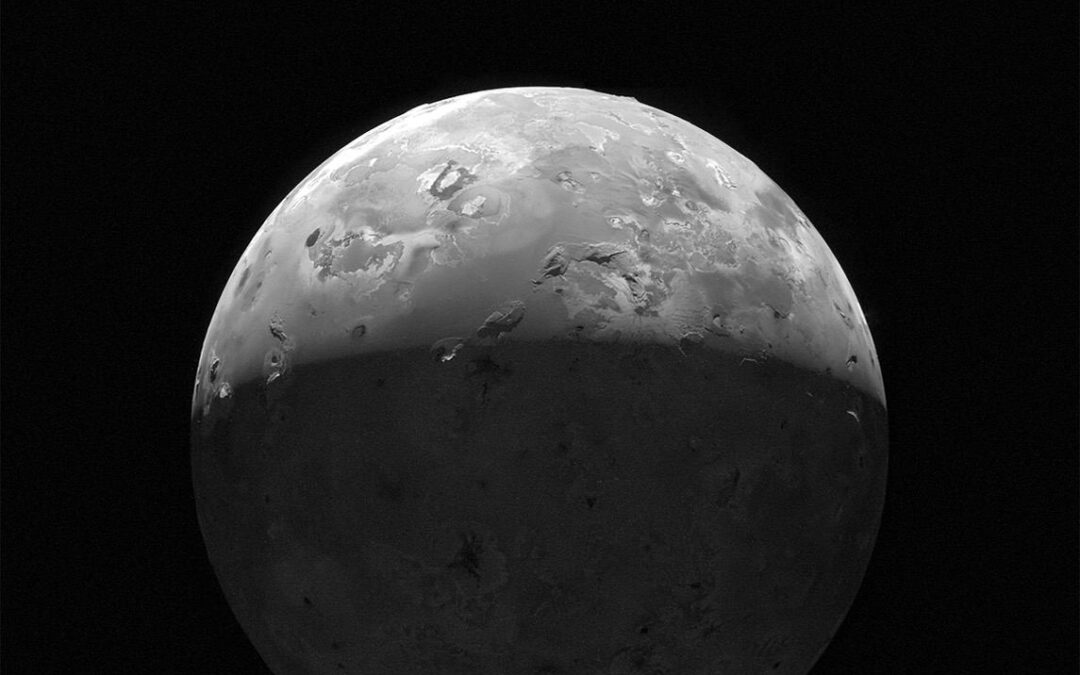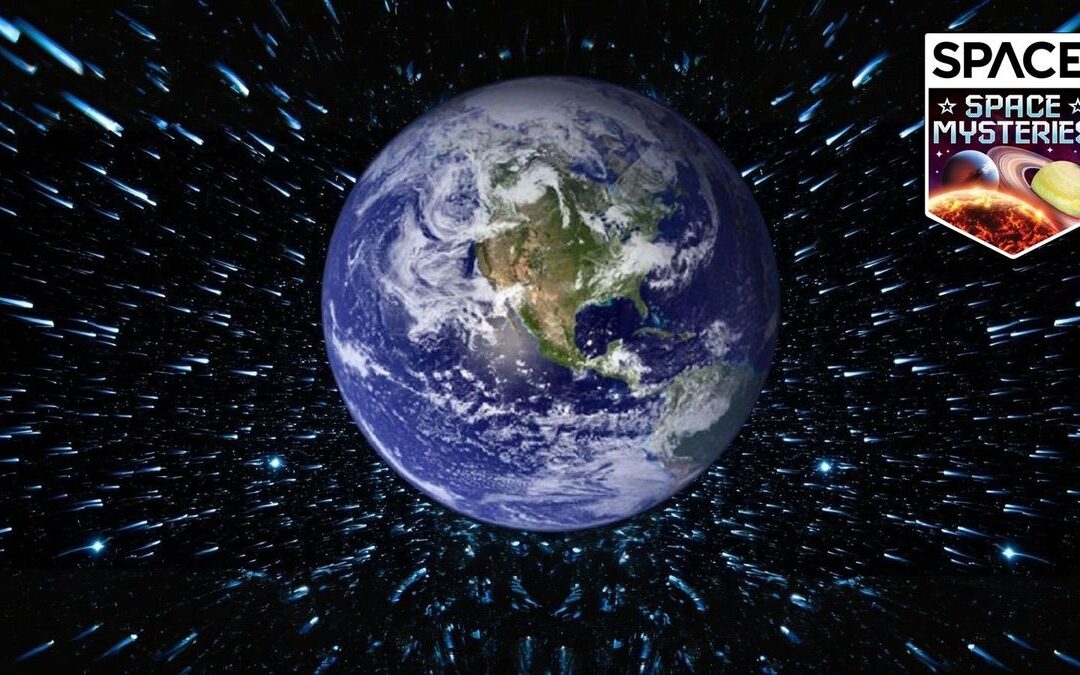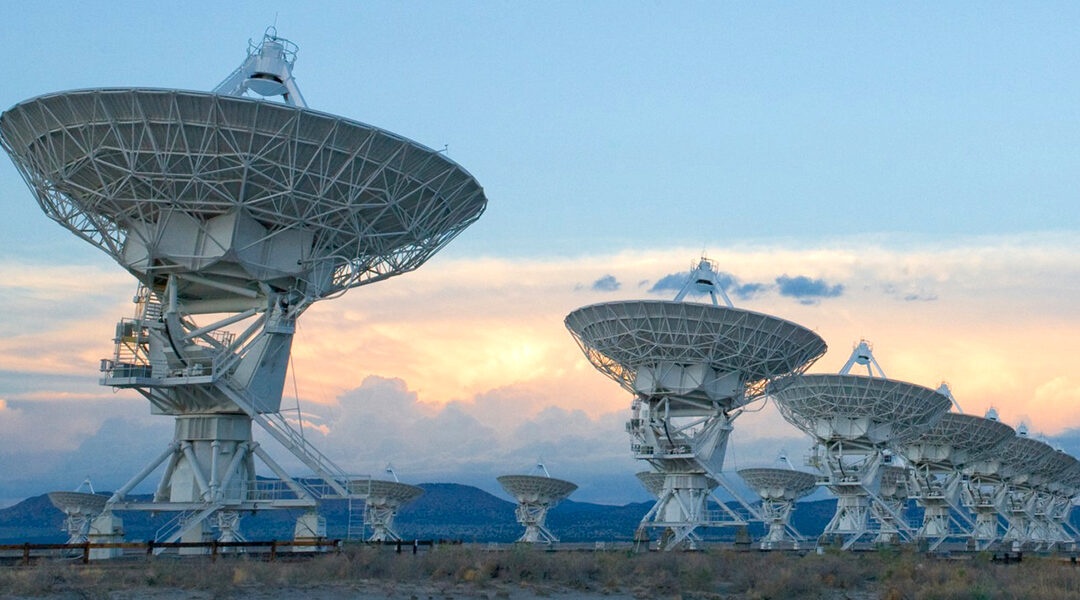by rmil2k | Feb 6, 2024 | News
This composite image shows the three small worlds NASA Stardust spacecraft encountered during its 12 year mission. Stardust performed a flyby of asteroid Annefrank in 2002, Comet Wild in 2004, and Tempel 1 in 2011. Credit: NASA. Amid the vibrant colors of worlds,...

by rmil2k | Feb 6, 2024 | News
The Juno spacecraft has revealed some fascinating things about Jupiter since it began exploring the system on July 4th, 2016. Not only is it the first robotic mission to study Jupiter up close while orbiting it since the Galileo spacecraft, which studied the gas giant...
by rmil2k | Feb 6, 2024 | News
Applications 05/02/2024 506 views 11 likes Throughout its 16-year working life, the second European Remote Sensing satellite, ERS-2, returned a wealth of information that revolutionised our perspective of our planet and understanding of climate change. As well as...

by rmil2k | Feb 6, 2024 | News
Earth is under constant bombardment by cosmic rays, showers of high-energy particles that blast our planet from all directions at near light speed.While this might sound like the precursor to a sci-fi alien invasion, it is a real phenomenon that scientists have been...

by rmil2k | Feb 5, 2024 | News
Radio telescopes, such as the dishes of the Very Large Array in New Mexico, can observe during daylight hours. Credit: Alex Savello/NRAO Can we study the universe in the daytime? It seems astronomical observations usually happen at night. Rishi VardhanPatna, Bihar,...



